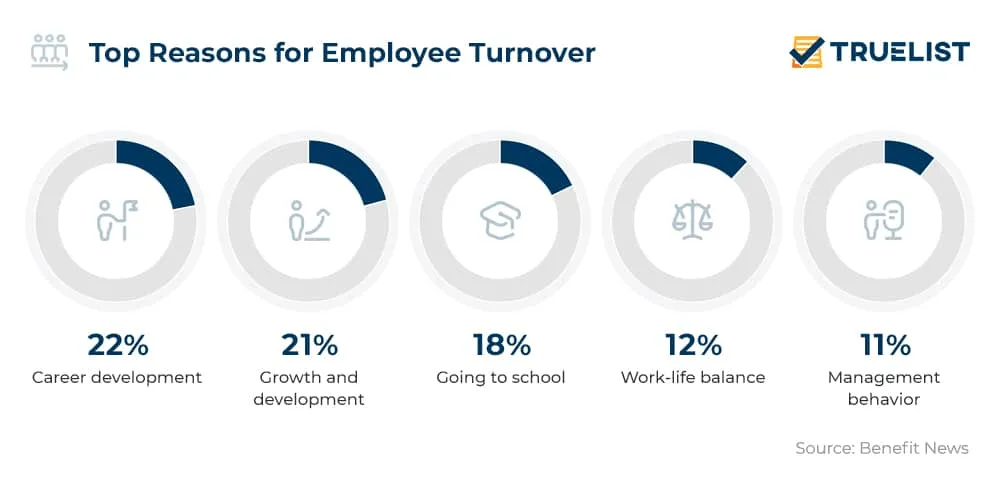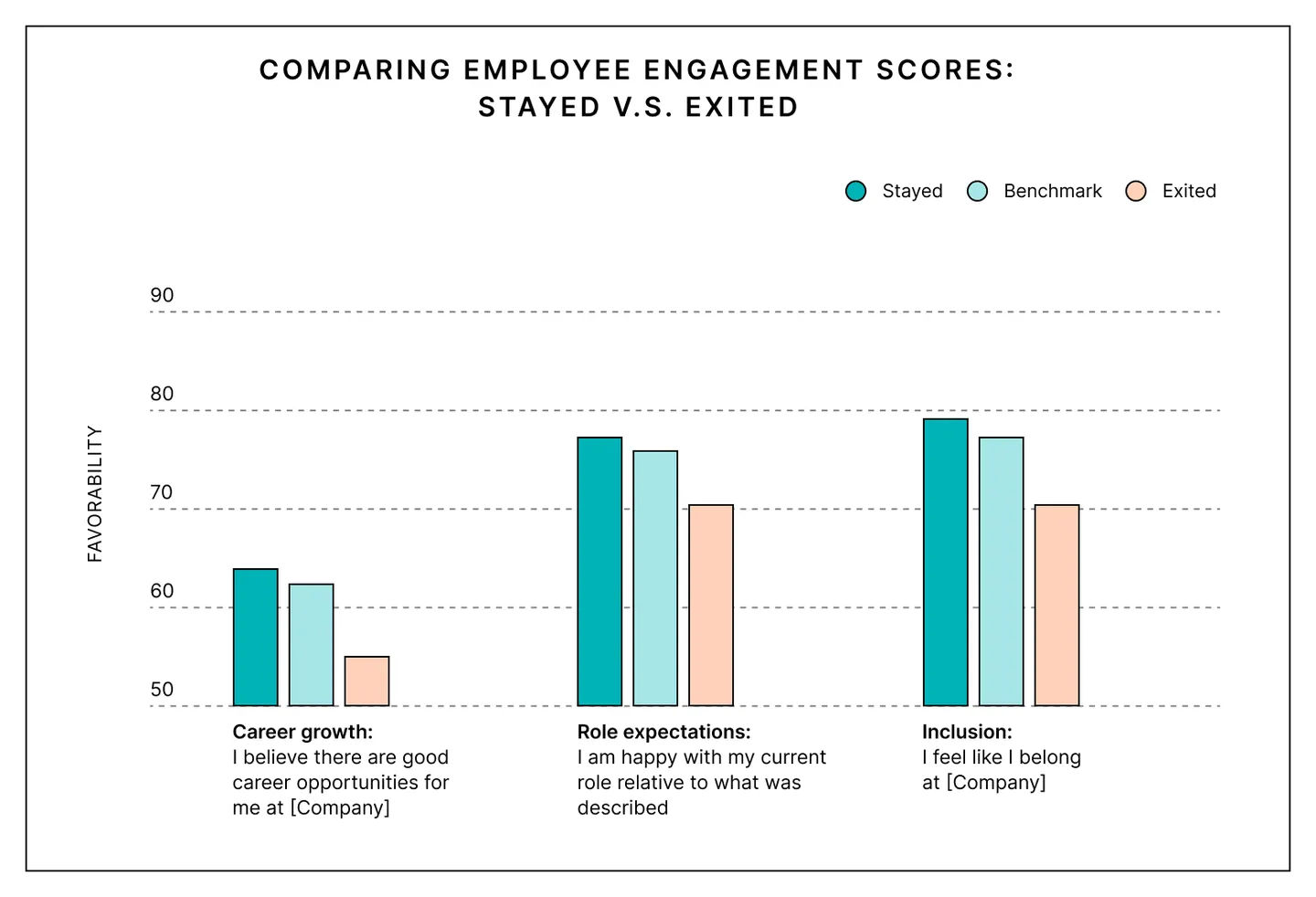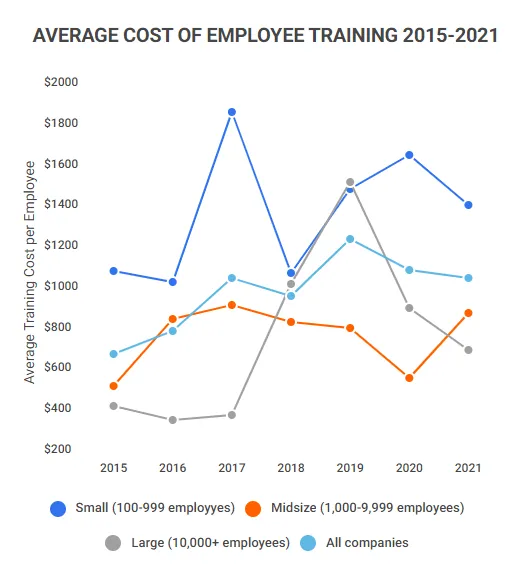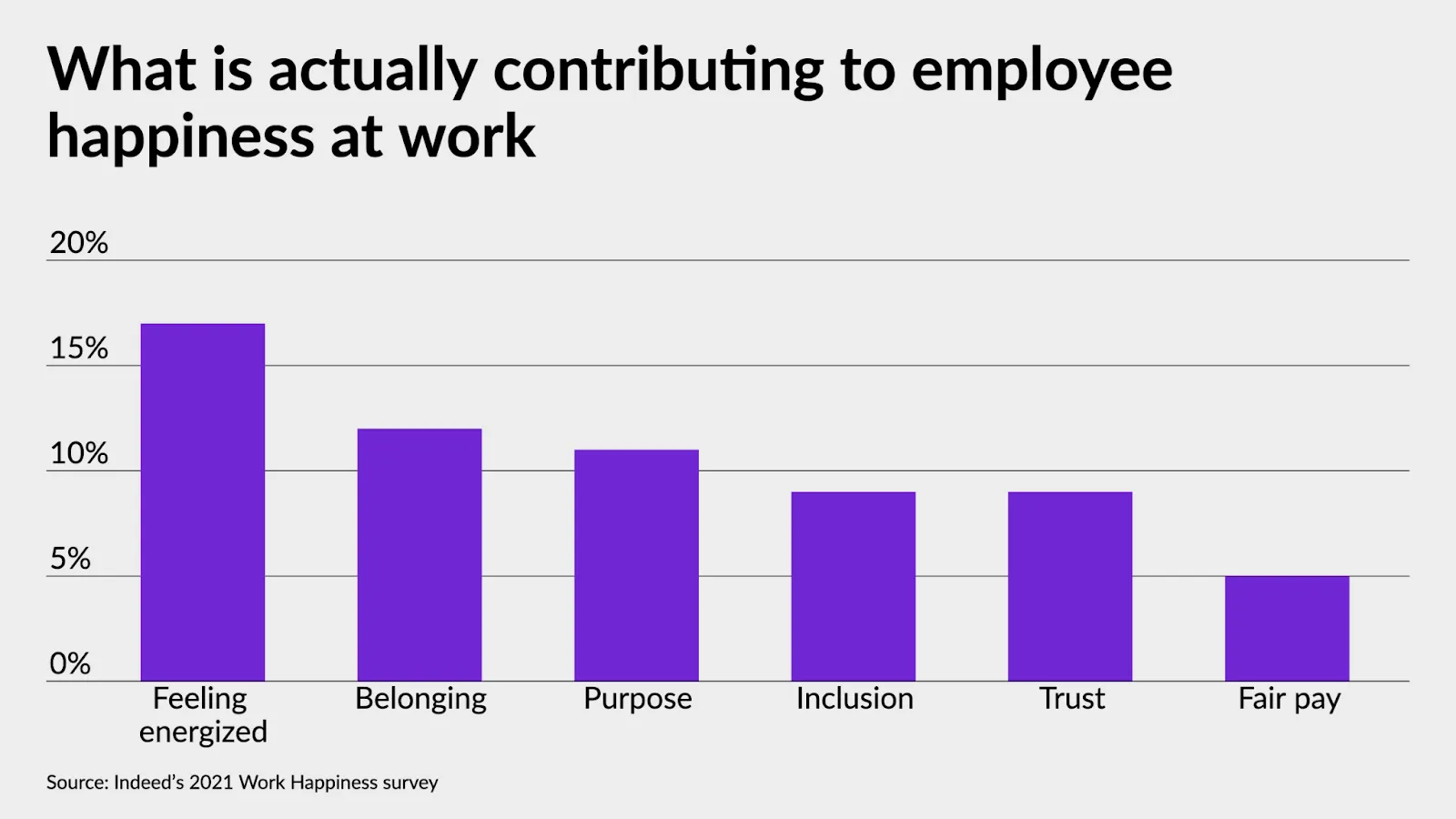How is Employee Sentiment Analysis Important for Workplace Retention?

Employee happiness is crucial for building a productive and successful business. After all, desk workers who feel productive are 49% more likely to express excitement about the company’s future.
One of the best things a business can do to increase long-term performance is to make its employees feel as though their managerial colleagues are hearing their concerns and demonstrating care for their well-being.
This helps retain talent, as happy employees are less likely to seek employment elsewhere, a significant advantage over companies with high turnover.
High employee turnover can result in substantial training and hiring costs for businesses. Additionally, the loss of experienced employees can negatively impact a company’s productivity. How can we address this issue?
This is where employee sentiment analysis comes into play.
What is Employee Sentiment Analysis?
Employee sentiment analysis is a tool for measuring employee satisfaction. It can help businesses optimize workplace retention and performance. Businesses, after all, are not just a matter of sales and product pricing – they’re about the employees on the frontline.
Effective employee sentiment analysis requires a comprehensive range of metrics to accurately measure employee satisfaction. These include:
- Sentiment analysis of specific topics in company forums
- Company reviews from former employees
- Social media responses
Honest feedback allows businesses to take a proactive approach to their employees’ well-being. It helps identify what works and what doesn’t so companies can build on employee engagement and ensure overall happiness.
Regular employee sentiment surveys can be a valuable tool. Combined with data from social media mentions and reviews, they can help businesses track their progress and identify areas of strength.
Businesses must adapt to emerging markets, changing business models, and new technologies. Understanding employee values is crucial during this process.
Knowing what employees appreciate about their workplace is essential for maintaining employee engagement and overall happiness.
How Does Employee Sentiment Analysis Work?
Employee sentiment analysis effectively combines HR feedback with advanced natural language processing models. It classifies and scores employee responses to determine their sentiment. This process integrates machine learning into the HR process and provides aggregated results.”
By integrating creative automation, the system enhances its ability to interpret and visualize complex data. It adds a creative dimension to traditional analytics methods. This enables more dynamic and responsive insights into employee sentiments, enhancing the decision-making process.
Employee sentiment analysis is best suited for analyzing comments made in informal settings, such as social collaboration sites and company-specific forums. Employees often feel more comfortable expressing their honest opinions about the company in these relaxed spaces.
Whilst 78% of businesses now survey their employees at least once a month, monitoring social collaboration sites and forums allows for a more consistent stream of written responses to analyze.
The employee sentiment analysis model transforms the vast amount of data from social media, forums, and surveys into useful visualizations. This accessible data can be used by everyone from CEOs and senior management to project and team leaders. They can gain actionable insights on employee satisfaction and retention.
Employee sentiment analysis effectively provides overviews for both the entire business and individual departments or teams. This flexibility allows businesses to address specific departmental issues and broader concerns related to company culture, working methods, and strategy.. This both enhances and simplifies the HR process.
How Can Employee Sentiment Analysis Impact Workplace Retention?
By analyzing overviews for both the business as a whole and specific departments and teams, targeted improvements and changes can be implemented with great results.
For example, if the sentiment analysis of a highly productive team suggests that they are having difficulty maintaining a work/life balance, you could consider implementing flexible or hybrid hours. This would directly address employee concerns and should improve workplace retention.
Supporting Recruitment
Sentiment analysis can also be used to improve the recruitment process by assessing a candidate’s personality via an analysis of social media platforms and candidate surveys. This will positively affect workplace retention as it can help ensure that a given candidate’s values fall in line with the business.
On average, one in three newly hired employees will leave the business within 90 days. By integrating sentiment analysis into the recruitment process, some of the factors that induce this loss can be mitigated, creating a healthier environment and saving recruitment costs.
Additionally, there are several other ways to improve by getting the right candidates into your business in the first place.
Candidate relationship management systems (CRMs) like Oleeo enable businesses to create a catalog of impressive candidates that can fill the roles of those leaving the company.
A healthy business should have a retention rate of about 90% (although figures differ between employment sectors), so 10% of employees should still be leaving each year.
These outgoing employees should be replaced with driven and enthusiastic candidates, which CRMs effectively organize on your behalf. Further tools can be used to set up an efficient system for managing calls in queue for interviews to streamline the process.
Creating a Positive Work Environment
With an optimized recruitment process and an effective system for collating employee satisfaction embedded, businesses will begin to benefit from a healthier workplace. Six in ten employees in major economies have noticed an increase in their levels of stress at work, which suggests that businesses are struggling to maintain satisfaction levels as we continue into the digital age.
This is a significant setback, as higher stress levels strongly correlate with declining productivity, reinforcing the importance of a collaborative and supportive workplace. The implementation of sentiment analysis can help restore a sense of openness to the business by effectively managing stress through its analysis of worker satisfaction.
Sentiment analysis provides meaningful insights. This enables business leaders to realign company culture create a supportive environment, and potentially introduce useful additions such as conversational chatbots to lighten workloads.
By encouraging dialogue between management and employees, sentiment analysis can help create a supportive workplace that helps with rising stress at work. This supports positive employee retention trends as it ensures that employees know they can have an open conversation regarding their worries in the workplace.
This also helps to reduce burnout, allowing long-standing employees to maintain consistent productivity levels, which in turn increases happiness in the workplace. After all, poor communication within a business can have a considerable effect on profitability.
How To Implement Employee Sentiment Analysis
Now that the benefits of employee sentiment analysis are apparent, the question shifts to how such processes should be implemented. Having access to the raw data is useful, but ultimately it won’t have any impact on your business without clear and actionable strategies for turning data into performance results.
This is why incorporating performance data alongside data storing and handling solutions is an important part of the sentiment analysis process.
Incorporate Performance Data
One of the challenges faced by those referring only to written responses and comments about employee satisfaction is that the tone and style of writing can reduce the accuracy of employee sentiment analysis. Therefore, it’s often a good idea to supplement this data with performance reviews to ensure you maintain an accurate picture of employee satisfaction.
By pairing up employee sentiment analysis with performance data, businesses can begin to understand how much specific issues impact performance and, consequently employee satisfaction. If an employee highlights a concern with the business that employee sentiment analysis picks up on, it can be useful to see how much this might have affected productivity.
Techniques like event tracking are important for gauging productivity.
What is event tracking? Well, it’s a tool for tracking and defining specific user actions – in our case, it means employee behavior can be recorded for performance analysis.
This data can highlight dissatisfaction in employees who might be withholding their issues with the business in written feedback. It can also be a great utensil for charting the successes of changes implemented off the back of employee sentiment analysis.
82% of employees note that the biggest driver of productivity is their happiness in the workplace, so a stable increase in productivity is likely to suggest better employee retention potential.
Embrace a Multi-Faceted Approach
At this stage, you might wonder whether there is a means of drawing the manifold systems and techniques mentioned above together, and this is where tools such as data activation come into play. But what is data activation?
Data activation is the process of collecting behavior events (such as those collected through event tracking), before cleaning the dataset and integrating it with other systems to be used in conjunction with data garnered from other metrics.
This helps businesses to measure employee productivity trends over time so that they can be analyzed alongside survey results and employee feedback.
As the data collected during the sentiment analysis process is drawn from a complex data pool, techniques such as ETL processes can help maintain data integrity by collating and storing responses from employee surveys and reviews on social media sites.
This enables businesses to highlight potential employee satisfaction issues and mitigate disruption to workplace retention.
Processes such as these also allow businesses to improve employee experience as they can highlight areas where extra support is required. A sudden reduction in the productivity of an employee could suggest dissatisfaction. Therefore data activation can help to spot unhappy employees quickly so that a solution can be implemented.
These interventions can prove highly effective, as employees who believe their employer cares for their well-being and mental health are 38% more engaged and 17% more likely to work at the same company in one year.
Collecting and combining datasets means that data activation merges employee sentiment analysis, event tracking, and other performance indicators, such as turnover, into a single package.
This means that data activation unlocks the full potential of employee sentiment analysis and offsets some of the challenges it faces.
The large data set can help point out inconsistencies or errors within the NLP model, while also utilizing performance and event tracking data to provide a more accurate assessment of future employment retention for individuals, teams, and the business as a whole.
Final Thoughts
Employee sentiment analysis is important for worker retention as it enables businesses to get consistent and largely reliable employee feedback data, which, in turn, enables accurate assessments of any potential problems that they face. Fixing these problems supports workplace retention as employees feel their voices are heard, leading to a more collaborative and productive business.
Whilst there can be challenges with the interpretation of tone and style in the employee sentiment analysis model, the implementation of supporting methods such as data activation models and event tracking combine employee sentiment analysis with productivity data to gain a clearer picture.
Ultimately, sentiment analysis ensures that a business remains grounded by placing the concerns of employees at the core of business strategy. Not only does such a strategy send a powerful and supportive message to employees, but it also ensures that communication channels remain open.








